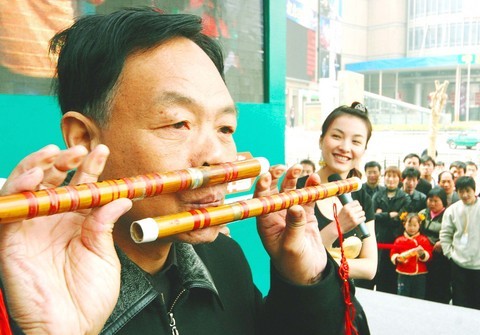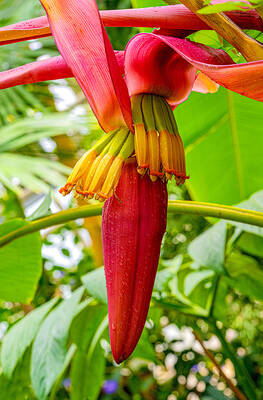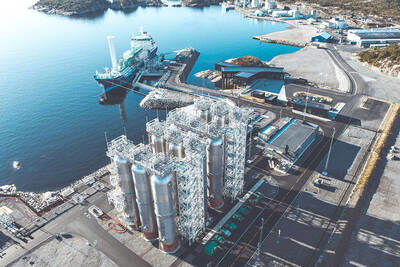Noses aren't just for smelling things. You can also use them to make beautiful music!
Playing the flute with one's nose is more common than you might think. People all over the world make special flutes that are meant to be played with the nose. Right here in Taiwan, the Ami people make a special nose flute called a "biti."
People in Hawaii also make a special nose flute. They consider their mouths to be dirty because they use them to eat, but they think that their noses are clean. They also think that their noses are where their souls go in and out of their bodies. Because of this, they think that the music that is played with a nose flute is better than the music played with a regular flute. (Marc Langer, staff Writer)

PHOTO : AP
鼻子不只用來聞東西而已,你也可以用鼻子來吹奏美妙的音樂!
用鼻子吹笛子比你所想的更普遍。世界各地都有人製造專門用鼻子吹的特別笛子。像是台灣的阿美族就製造了一種名為「鼻笛」的特殊笛子。
夏威夷人也製造了一種獨特的鼻笛。他們認為嘴巴是用來吃東西的,很髒,但鼻子卻很乾淨。他們也認為鼻子是靈魂進出身體之處。因此,他們認為用鼻笛吹出的音樂比一般笛子吹奏的更美妙。
(翻譯:賴美君)

Have you ever wondered why “Manila envelopes” carry that name? The answer lies in a plant native to the Philippines. Though a fruit-producing plant, abaca is most valued for its leaf stalks, which are __1__ to extract fibers known as “Manila hemp.” These fibers are known for their strength and resistance to saltwater. Because of its __2__ in sea environments, Manila hemp has long been used to make Manila rope, a staple in the sailing and maritime industries for centuries. It withstands harsh ocean conditions without its flexibility being __3__. Manila rope doesn’t break down easily when exposed to

China commemorated 80 years since the end of World War II last week with a massive military parade against a backdrop of a disputed history about who ultimately defeated Japan. The issues, including Japan’s reckoning with its wartime record in China, are bound to flare again in December, a flashpoint anniversary of the mass killing in Nanjing by invading Japanese troops. Below is an explainer about what the different — and disputed — points of view are. WHAT IS CHINA’S VIEW? For the Chinese government sitting in Beijing, this is a clear-cut issue: China sacrificed 35 million people in a heroic and brutal struggle

In a major step to combat carbon emissions, Norway’s pioneering “Northern Lights project” is set to expand its carbon capture and storage (CCS) capabilities. Backed by energy giants and the Norwegian government, this collaborative project is working to increase its annual carbon storage capacity from 1.5 million to over five million tons. Northern Lights focuses on capturing CO2 emissions from industrial sources across Europe and securely storing them underground. Captured CO2 will be liquefied and transported by ship to the storage facility located off the coast of Norway. It will be injected through pipes into geological formations about 2,600m below the

Rarely does Nature present such a striking contradiction as the one found in Lencois Maranhenses National Park. Located along Brazil’s northeastern coast, the park unveils breathtaking scenery, where rippling sands meet crystal-clear lagoons. Under the sun’s golden glow, the waters glitter in shades of turquoise and emerald. So surreal is this spectacle that visitors might wonder if they’re gazing at a digitally modified photo rather than a living landscape. Were it not for the unique geographical and climatic conditions, such a marvel would not exist. Unlike typical deserts, Lencois Maranhenses receives a substantial amount of rainfall, particularly during the rainy season